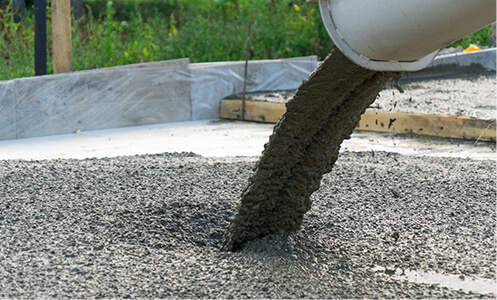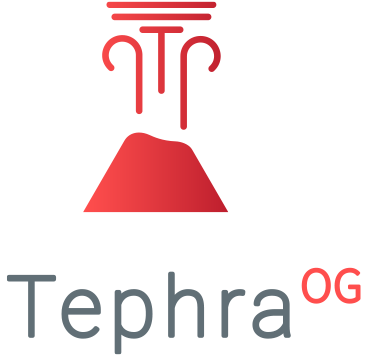What Is Pozzolan?
About Pozzolan
Pozzolans have been used for millennia in cementitious materials, dating back to the Roman Empire. Their benefits are well documented: improved plastic properties of concrete, higher strength, enhanced durability, lower permeability, and resistance to Alkali–Silica Reactivity (ASR) and sulfate attack. From our base in Poland, DSG Trading supplies natural pozzolans to EU and global customers seeking these performance advantages.
Concrete Applications:
Ready Mixed Concrete
Oil/ Gas Cementing
PreCast/ PreStress Concrete
Soil Stabilization
Replace Fly Ash
Geopolymer Concrete
Glass Fiber Reinforced Concrete (GFRC)

Construction Applications:
Stone Veneer
Light Weight Block
Flowable Fill
Light Weight Fill

Advantages gained by adding a pozzolan to the concrete mix design include:

Reduced Heat of Hydration Damage

Increased Long-term Compressive Strength

Reduction of Carbon Footprint
Modern concrete can replicate the Roman approach: convert calcium hydroxide (CH) into calcium‑silicate‑hydrate (CSH)—the binder that gives concrete its strength—by adding sufficient natural pozzolan to consume the available CH.
- With natural pozzolan: CH is transformed into strength‑ and durability‑enhancing CSH.
- Without it: residual CH increases concrete porosity, allowing ingress of water and aggressive chemicals that drive Alkali–Silica Reactivity (ASR), sulfate attack, chloride‑induced rebar corrosion, efflorescence, and freeze–thaw damage.
Choose durability—choose natural pozzolan. DSG Trading supplies natural pozzolans from our base in Poland to customers across the EU and worldwide.
Patented Technology
With the availability of pozzolans continually evolving across the industries we serve, DSG Trading—based in Poland—has patented several products for use in the concrete industry as well as the oil and gas sector. These patents protect our customers and ensure they receive the same high‑performance formulations developed through years of product innovation and testing.

DSG Trading has been awarded multiple patents by the U.S. Patent and Trademark Office and continues to expand its intellectual property portfolio from our base in Poland. We also have additional patents pending, including filings in Canada and Japan, as we continue to innovate and develop new technologies for our mineral products.
Our patents fall into two broad categories. The first category surrounds remediating fly ash to produce a material (Tephra® RFA) that can meet a Class F or Class C ASTM C618 product specification. The materials used to produce these Tephra® RFAs includes waste fly ash, Class C fly ash, natural pozzolans including metakaolin, slag and other materials. Our patents in this space include USPTO numbers 9561983, 9611174, 10017418, 10689292, 10370295, and 10377667.

The second category of patents encompasses using our technology and applying it to oil and gas applications. Materials used to make these Tephra® OG products are similar to those used to make our Tephra® RFAs and result in cementitious products that have enhanced downhole performance. Our patents for these applications include 104576001 and 10829414.

